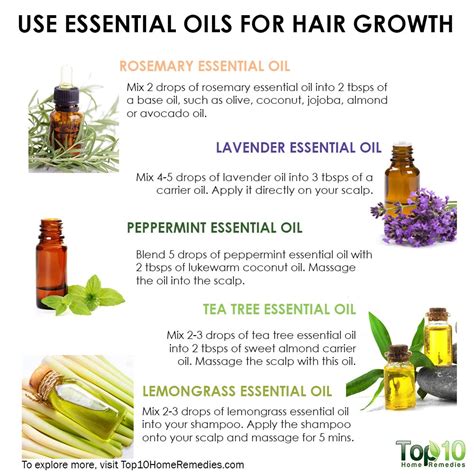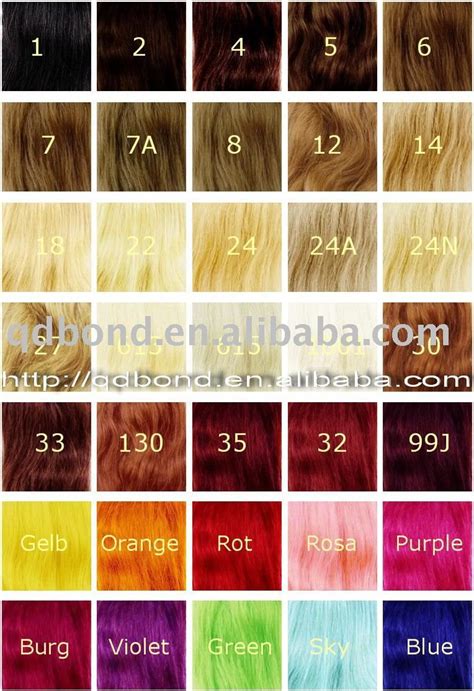Introduction
Hair color is a complex and fascinating trait that has been studied for centuries. It is determined by a number of factors, including genetics, diet, and environment. In this article, we will explore the science of hair color, from the basics of melanin production to the latest advances in hair coloring technology.

The Science of Hair Color
Hair color is determined by the presence of melanin, a pigment that is produced by cells in the hair follicle. There are two types of melanin: eumelanin, which produces brown and black hair, and pheomelanin, which produces red hair. The amount and ratio of these two pigments determine the exact shade of a person’s hair.
Genetics play a major role in determining hair color. However, diet and environment can also affect hair color. For example, people who eat a diet rich in certain nutrients, such as vitamin B12 and iron, may have darker hair than those who do not. Exposure to sunlight can also lighten hair color, as the UV rays in sunlight can break down melanin.
Hair Color and Genetics
The genes that determine hair color are located on chromosome 16. There are a number of different genes that are involved in hair color, but the most important ones are the melanocortin-1 receptor (MC1R) gene and the tyrosinase-related protein 1 (TYRP1) gene.
The MC1R gene codes for a protein that is responsible for regulating the production of melanin. People who have a mutation in the MC1R gene may have red hair, as their bodies do not produce enough eumelanin. The TYRP1 gene codes for a protein that is involved in the production of pheomelanin. People who have a mutation in the TYRP1 gene may have blonde hair, as their bodies do not produce enough pheomelanin.
Hair Color and Diet
Diet can also affect hair color. People who eat a diet rich in certain nutrients, such as vitamin B12 and iron, may have darker hair than those who do not. Vitamin B12 is essential for the production of melanin, so people who are deficient in this vitamin may have lighter hair. Iron is also important for hair color, as it is involved in the production of hemoglobin, which is the protein that carries oxygen to the hair follicles. People who are deficient in iron may have anemia, which can lead to lighter hair.
Hair Color and Environment
Environment can also affect hair color. Exposure to sunlight can lighten hair color, as the UV rays in sunlight can break down melanin. People who live in sunny climates may have lighter hair than those who live in cloudy climates.
Hair Coloring Technology
Hair coloring technology has advanced significantly in recent years. There are now a wide range of hair coloring products available, from permanent dyes to semi-permanent dyes to temporary dyes. Permanent dyes contain chemicals that penetrate the hair shaft and change the color of the hair permanently. Semi-permanent dyes contain chemicals that do not penetrate the hair shaft as deeply as permanent dyes, so they fade over time. Temporary dyes contain chemicals that simply coat the hair shaft, so they wash out after a few washes.
Hair coloring technology has also made it possible to achieve a wide range of hair colors, from natural shades to bold and vibrant colors. People can now choose from a variety of different hair colors, including blonde, brunette, red, black, and even purple and green.
Conclusion
Hair color is a complex and fascinating trait that is determined by a number of factors, including genetics, diet, and environment. Hair coloring technology has advanced significantly in recent years, making it possible for people to achieve a wide range of hair colors.
